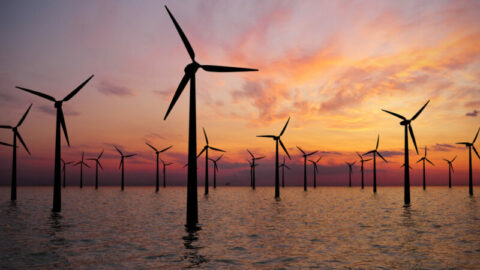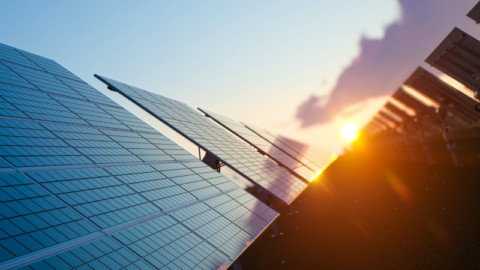The South Australian Government has introduced a major bill to Parliament which is set to accelerate and focus the development of hydrogen and renewable energy projects.
The Hydrogen and Renewable Energy Bill is the nation’s first legislative framework designed to provide a coordinated approach to the burgeoning hydrogen and renewable energy industries. The Hydrogen and Renewable Energy Bill represents six Acts being merged into one, minimising red tape for prospective investors.
Existing frameworks have served South Australia well – helping it to achieve 70 per cent renewable energy.
The South Australian Government has said that the state is headed for a new wave of large-scale hydrogen and renewable energy development at a scale not seen before – with more than $20 billion of projects in capital development.
The change in scale and complexity, including several proposed large, vertically integrated projects, demands a single end-to-end framework that can consider the needs of the environment, landowners, communities, and the state’s strategic and economic ambitions.
The Bill will facilitate a straight-forward, competitive, government-led approach to large-scale hydrogen and renewable energy development in the state, supporting the government’s Hydrogen Jobs Plan.
The Bill applies to both freehold and government-owned land, as well as state waters, and will ensure community and investor certainty and clarity, as well as consistently reliable performance across the social, environmental and safety aspects of the industry.
On freehold land, proponents will need to secure access to land through direct agreement with landowners, preserving current arrangements.
A new competitive system will be introduced for conferring access and licences for projects on pastoral land and state waters, enabling the government to responsibly assign access to some of the state’s most prospective areas for renewable energy development.
The declaration of these release areas will only occur after a consultative process involving government agencies, native title holders, and other impacted stakeholders.
The declaration of a release area will enable a competitive tender process for feasibility licences over that land and waters, with applicants to compete based on transparent selection criteria.
This will ensure the state only hosts those projects willing to embrace coexistence with current land uses and deliver community and environmental benefits through their projects.
Five licence types will be created relating to the key stages of renewable energy projects, from the early research and feasibility stage, right through to the construction, operation and closure of facilities:
- Renewable Energy Feasibility Licence/Permit – Enables exploration for renewable energy, including construction of monitoring equipment
- Renewable Energy Infrastructure Licence – Permits construction, operation, decommissioning and rehabilitation of renewable energy infrastructure
- Renewable Energy Research Licence – Permits construction, operation, decommissioning and rehabilitation of renewable energy infrastructure for the purpose of researching the capabilities of a technology, system or process
- Hydrogen Generation Licence – Permits construction, operation, decommissioning and rehabilitation of hydrogen generation facilities
- Associated Infrastructure Licence – Permits ancillary infrastructure (transmission, roads, water treatment), and associated facilities (hydrogen power plants, ports for hydrogen product export, desalination for hydrogen production)
The Bill has been subject to extensive consultation over the past year, including with native title holders. South Australia Premier, Peter Malinauskas, said that the state is home to some of the most prospective wind and solar resources – not just in the country, but the world.
“We’re already capitalising on this leadership position through our Hydrogen Jobs Plan, a major investment which is only just the start,” Mr Malinauskas said.
“This is the equivalent of finding oil in Saudi Arabia, or striking gold in Victoria.
“To maximise this opportunity, we must get our legislative and regulatory framework right.
“This bill will give confidence to international investors who are willing to contribute their capital to growing the industries of the future right here in South Australia.
“It will also give the community confidence that these projects will be delivered in a way which protects the environment and the interests of communities, landholders, native title holders and the environment.”
South Australian Minister for Energy, Tom Koutsantonis, said that developing this unique regulatory framework will provide a significant opportunity for South Australia to attract and retain high quality investment, confirming it as a global leader in the clean energy transition.
“I’m confident this will prove to be a blueprint for other jurisdictions looking to harness the economic opportunity of clean, green energy.”
















